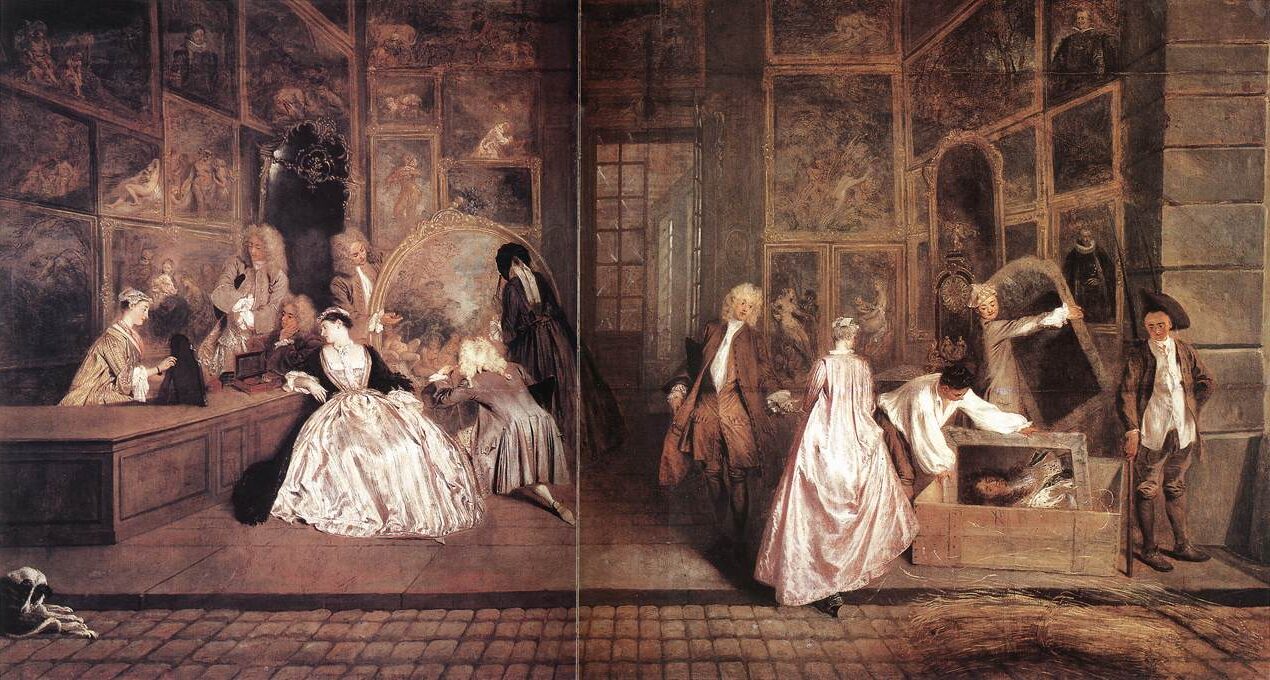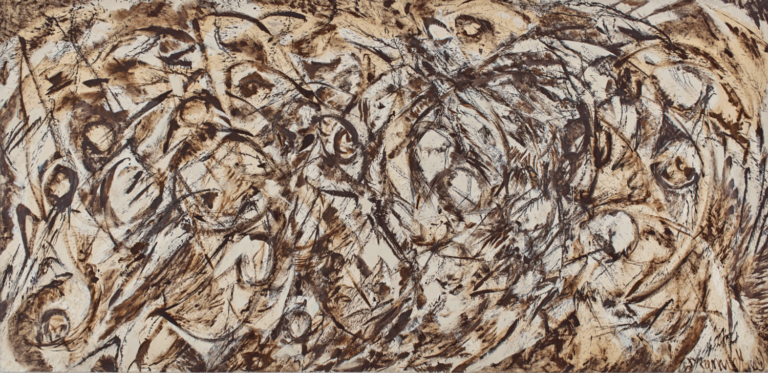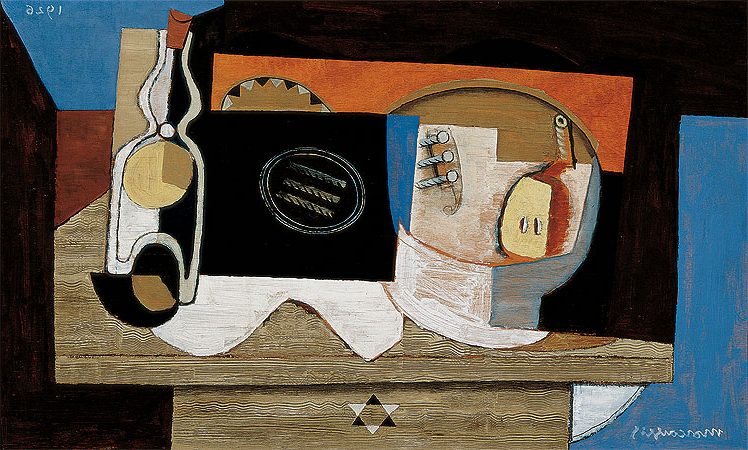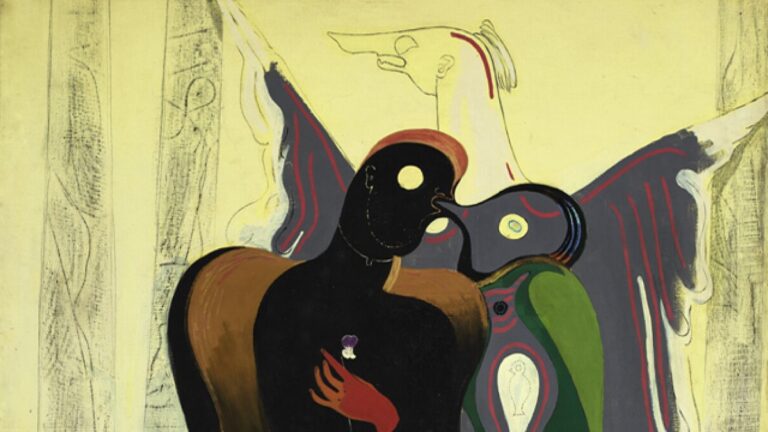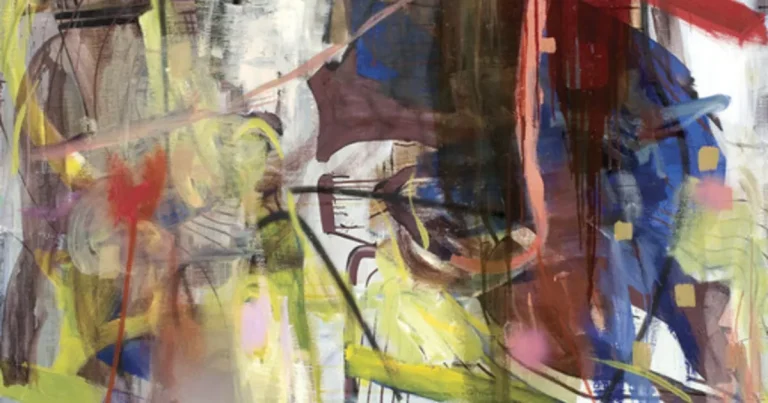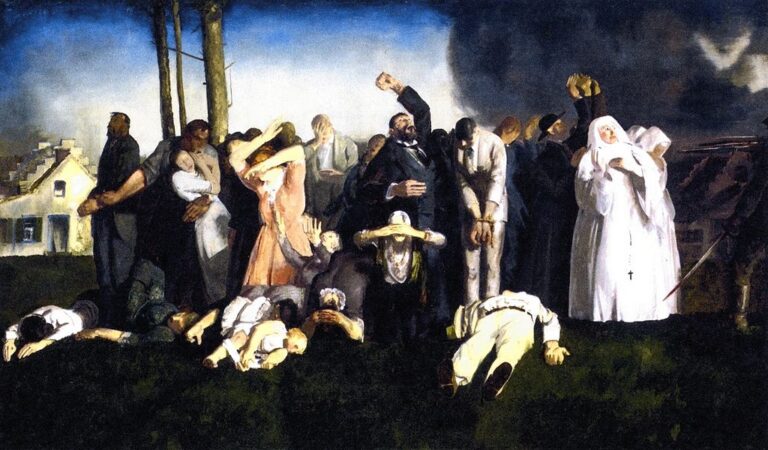Watteau Paintings: Exploring the Mastery of Rococo Artistry
Born: 10 October 1684, Habsburg, Netherlands
Death: 18 July 1721, Nogent-sur-Marne, France
Art Movement: Rococo
Nationality: French
Influenced By: Claude Audran III, Peter Paul Rubens
Watteau Paintings: Exploring the Mastery of Rococo Artistry
Life and Works of Antoine Watteau
Antoine Watteau was a French painter. His work played a pivotal role in the transition from the Baroque to the Rococo style. His paintings are known for their color, movement, and sense of dreamlike elegance.
Biographical Overview
Jean-Antoine Watteau was born on October 10, 1684, in Valenciennes, France. He became known for his influence on the Rococo artistic movement. Watteau showed artistic talent early on, leading him to move to Paris, where he trained under various painters.

Pleasures of Love (1718–1719) by Antoine Watteau
Despite his brief career, ending with his death on July 18, 1721, Watteau left a lasting impact. He struggled with health issues throughout his life, which likely contributed to his untimely death at the age of 36. This did not prevent him from creating an impressive body of work that continues to capture interest.
Influences and Contemporaries
Watteau’s style was shaped by earlier artists such as Correggio and Rubens, who influenced his use of color and dynamics. His paintings reflect the theatrical influences of the commedia dell’arte as well, which was popular in Europe during his time.
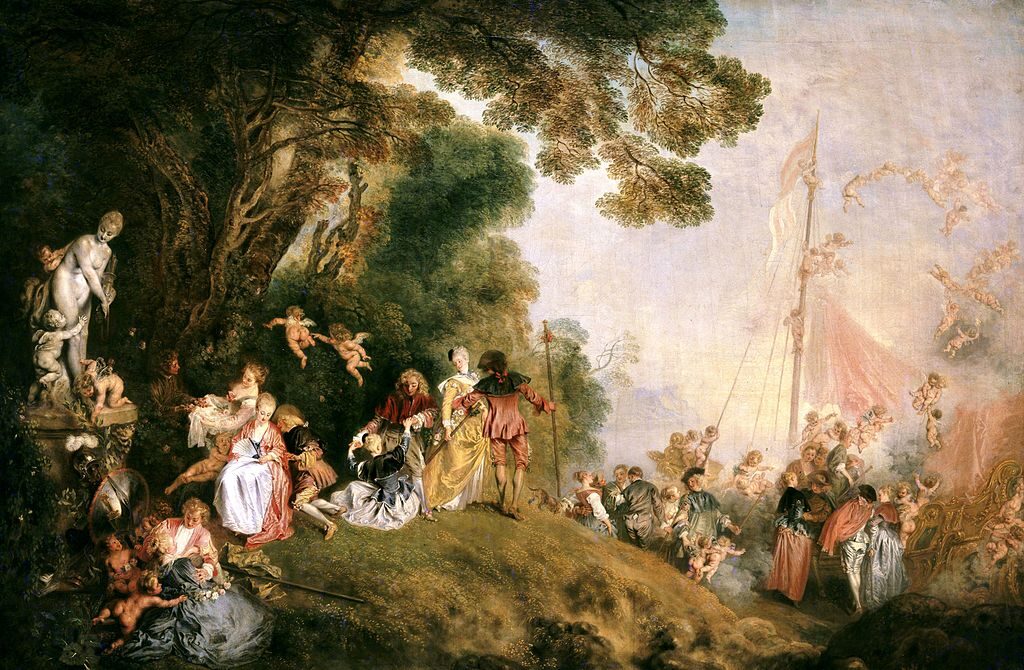
Pilgrimage to Cythera (c. 1718–1719) by Antoine Watteau
He was part of a vibrant art scene in Paris, surrounded by fellow artists who contributed to the lively exchange of ideas. This environment helped Watteau develop his unique approach to subject matter and style, setting him apart in the art world of his day.
Recognition and Legacy
Antoine Watteau’s work was quickly recognized for its innovation and beauty. In 1717, he completed one of his most famous pieces, “The Embarkation for Cythera,” which he presented to the Académie Royale de Peinture et de Sculpture. His paintings became coveted by art collectors, establishing his reputation beyond France.
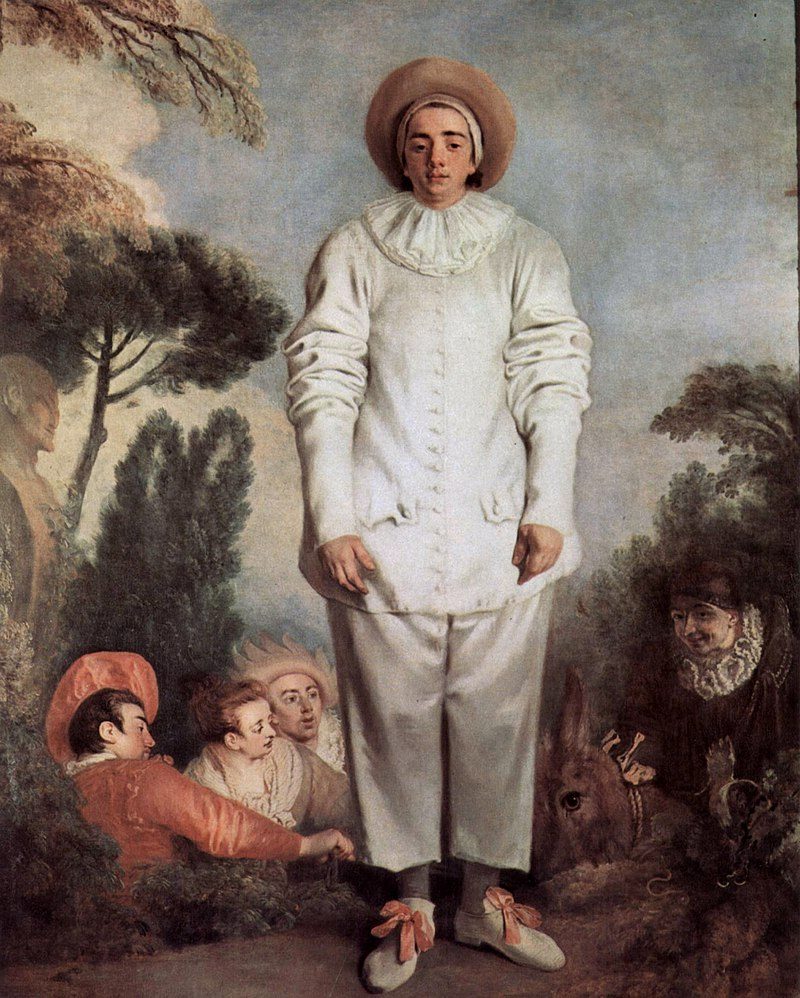
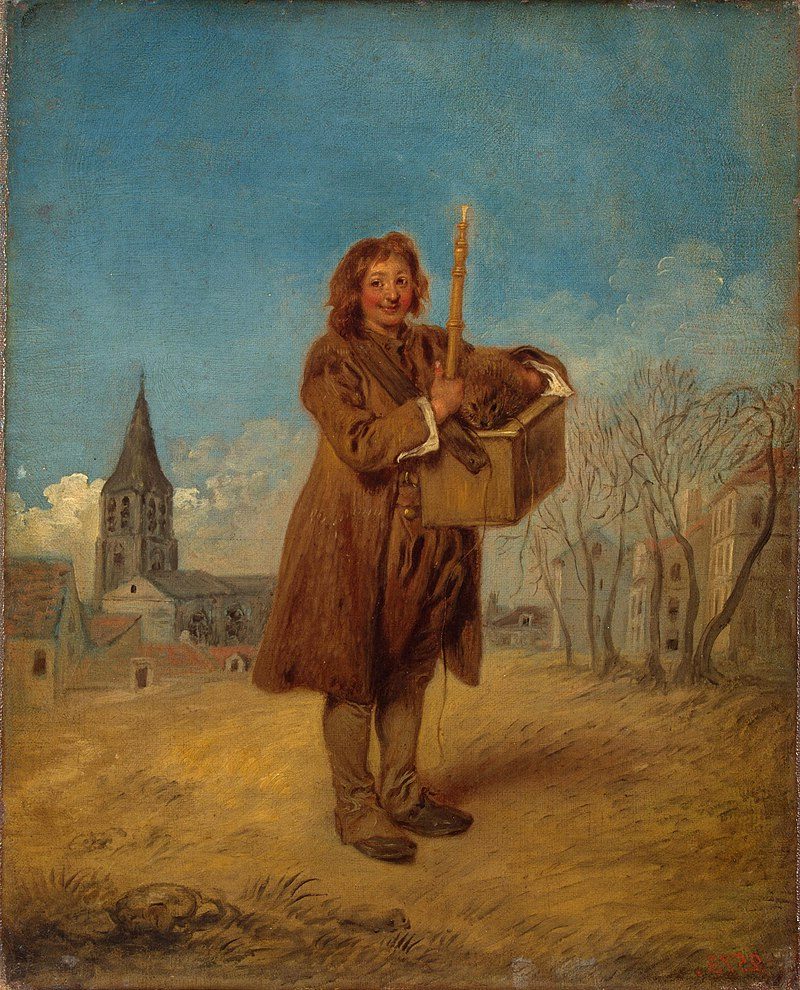
Even after his death, Watteau’s influence persisted. He is remembered as a pioneer of the Rococo style, blending elegance with intricate detail. His work continues to be celebrated, studied, and showcased in prestigious museums around the world.
Notable Works and Themes
One of Watteau’s most famous paintings is “Embarkation for Cythera,” which shows couples setting out on a journey to a mythical island symbolizing love and beauty.
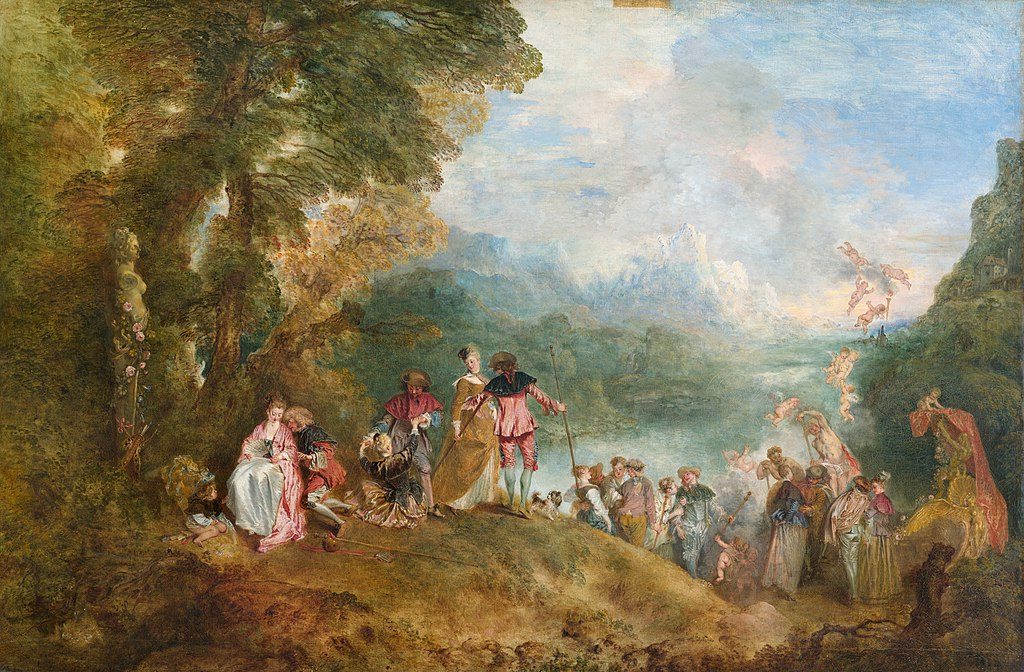
The Embarkation for Cythera (1717) by Antoine Watteau
This painting, along with others that capture the charm of elegant social gatherings, invites viewers into a world of romance and subtle humor. Watteau’s work often explores themes of fleeting beauty and the bittersweet nature of life, making each painting feel like a visual poem.
Cultural Impact and Historical Context
Watteau’s paintings had a significant influence on art in Europe. His work reflected the relaxed and decorative spirit of the Rococo era, offering a refreshing alternative to the more serious styles of the past.

The Feast (or Festival) of Love (1718–1719) by Antoine Watteau
In a time when society was moving away from the formal and grandiose styles of the Baroque period, Watteau’s art provided a new way to look at life—one that celebrated pleasure, elegance, and the small, beautiful moments in everyday life.
Frequently Asked Questions
Antoine Watteau’s art stands out for its light and romantic style. His works, especially ‘The Embarkation for Cythera’, highlight key Rococo elements. Watteau’s influence extended to his contemporaries, while major museums hold his notable pieces. The term ‘Watteau dress’ also originates from his artwork.
What are the distinguishing features of Antoine Watteau’s painting style?
Watteau’s paintings are known for their light, airy compositions. His use of delicate colors and emphasis on theatrical scenes are distinctive. Romanticism and an elegant portrayal of figures are key components. These elements combined to create a signature style that stands out in the Rococo movement.
How did Watteau’s ‘The Embarkation for Cythera’ exemplify Rococo sensibilities?
‘The Embarkation for Cythera’ embodies Rococo’s aesthetics with its pastel colors and graceful figures. The painting illustrates a journey to Cythera, the mythical island of love, showcasing beauty and ephemeral happiness. These themes reflect the playful and ornate qualities typical of Rococo art.
Was Jean-Antoine Watteau influential to other artists during the Rococo period?
Watteau had a significant impact on his peers in the Rococo era. His innovative style and themes inspired artists who followed him. He pioneered the ‘fête galante’ genre, a portrayal of outdoor amusements, influencing many who adopted this fashionable subject matter.
Which museums house the most significant collections of Watteau’s works?
Several museums exhibit important collections of Watteau’s works. The Louvre in Paris holds a vast collection, including ‘The Embarkation for Cythera’. Other notable museums include The Wallace Collection in London and the Berlin State Museums. These institutions provide valuable insights into his artistic legacy.
How has the term ‘Watteau dress’ been derived from the artist’s work?
The term ‘Watteau dress’ comes from the depiction of flowing gowns in Watteau’s paintings. These dresses feature a loose pleated back, also known as sacque back, resembling the style seen in his figures. This fashion term reflects his influence beyond art into cultural dress norms.
What are some notable techniques Watteau used in his artwork?
Watteau employed a light palette with soft transitions between colors, creating an ethereal effect. He masterfully applied rapid brushstrokes to convey movement and spontaneity. His use of chiaroscuro added depth and drama, enhancing the emotional richness within his playful, yet sophisticated, compositions.

